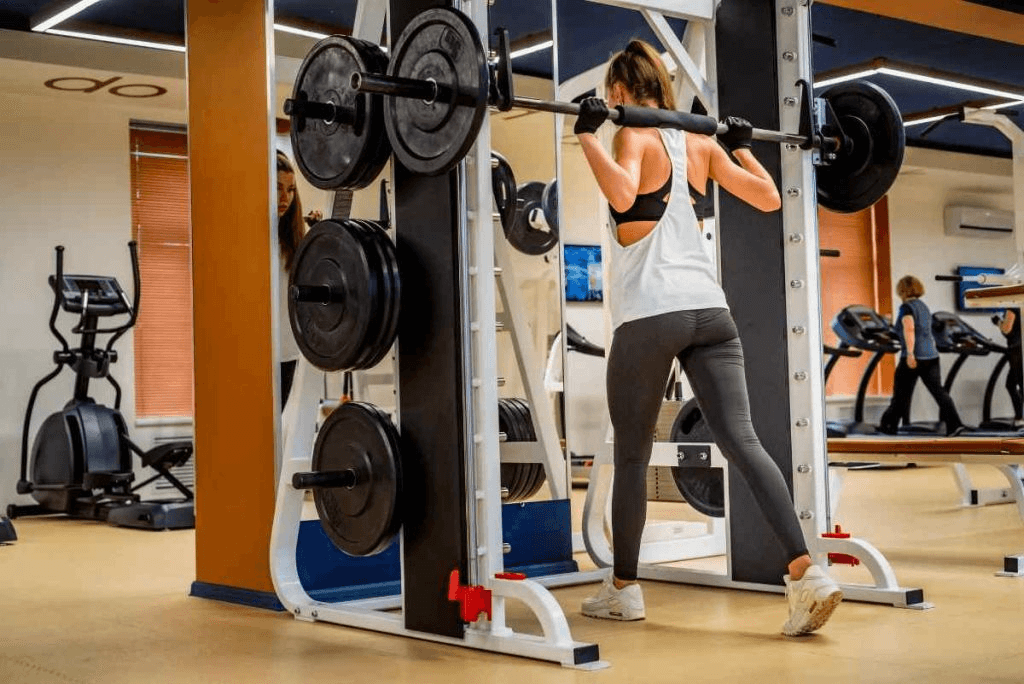When it comes to building strength, muscle, and endurance, one of the most common questions is: how many sets per workout should you do? Whether you're new to training or refining your program, understanding the right number of sets is crucial to seeing progress while avoiding burnout.
What Is a Set in Exercise?
A "set" refers to a group of consecutive repetitions (reps) of a particular exercise. For example, if you perform 10 push-ups without stopping, that's one set. After resting, performing another 10 push-ups would be your second set. Sets are a core building block of any workout program.
How Many Sets Should You Do Per Exercise?
For most people aiming for strength, muscle growth (hypertrophy), or general fitness, 3 to 5 sets per exercise is the standard recommendation. Here's a simple breakdown:
-
Beginners: 2-3 sets per exercise
-
Intermediate: 3-4 sets per exercise
-
Advanced: 4-6 sets per exercise
The goal is to balance enough volume to stimulate progress without overtraining.
How Many Sets Should You Do in a Workout?
A typical workout might include 15 to 25 total working sets. This varies based on the type of workout and training goals:
-
Full-body workouts: 3-4 sets per major muscle group (total around 15-20 sets)
-
Upper or lower body workouts: 16-24 sets split across exercises targeting the specific area
-
Body part splits (e.g., "chest day"): 12-20 sets focused on one or two muscle groups
Remember, "working sets" are the challenging sets where you push close to failure, not warm-up sets.
How Many Sets Per Day or Session?
The number of sets per day largely depends on your program structure. Someone doing full-body training three times a week might complete 18-22 sets per session. Someone training six days a week might only do 10-15 sets per workout since the frequency is higher.
How Many Sets for Specific Goals
-
Strength: 3-5 sets per exercise, heavier weights, fewer reps (3-6 reps)
-
Muscle Growth (Hypertrophy): 3-5 sets per exercise, moderate weights, moderate reps (6-12 reps)
-
Endurance: 2-4 sets per exercise, lighter weights, higher reps (12-20 reps)
How Much Is One Set Worth?
A single set can be effective for maintenance or very light recovery workouts, but most muscle-building and strength gains come from multiple sets. Research consistently shows that doing multiple sets leads to greater improvements in strength and size compared to doing just one set per exercise.
How Many Sets Are Too Many?
More isn't always better. Going beyond 30-35 total working sets per workout can often lead to diminishing returns, greater fatigue, and a higher risk of injury, especially if recovery and nutrition are not carefully managed.
Some signs you're doing too many sets include:
-
Constant soreness
-
Plateauing or regressing performance
-
Poor sleep and lingering fatigue
Listening to your body and adjusting based on how you feel is essential.
Sample Set Breakdown for a Full-Body Workout
-
Squat: 4 sets
-
Deadlift: 3 sets
-
Bench Press: 4 sets
-
Row: 3 sets
-
Overhead Press: 3 sets
-
Plank: 2 sets
Total: 19 working sets
Key Takeaways
-
Most people thrive on 15-25 total working sets per workout.
-
Aim for 3-5 sets per exercise depending on your goal and fitness level.
-
Adjust set volume based on your workout frequency, goals, and recovery capacity.
-
Quality matters more than quantity—proper form, challenging weight, and recovery are the real keys to progress.
In the end, there is no "one size fits all". The number of sets you should do per workout depends on your unique goals, experience, and how your body responds. Start smart, track your progress, and don't be afraid to adjust as you get stronger.











































Leave a comment
This site is protected by hCaptcha and the hCaptcha Privacy Policy and Terms of Service apply.